Moving Up North
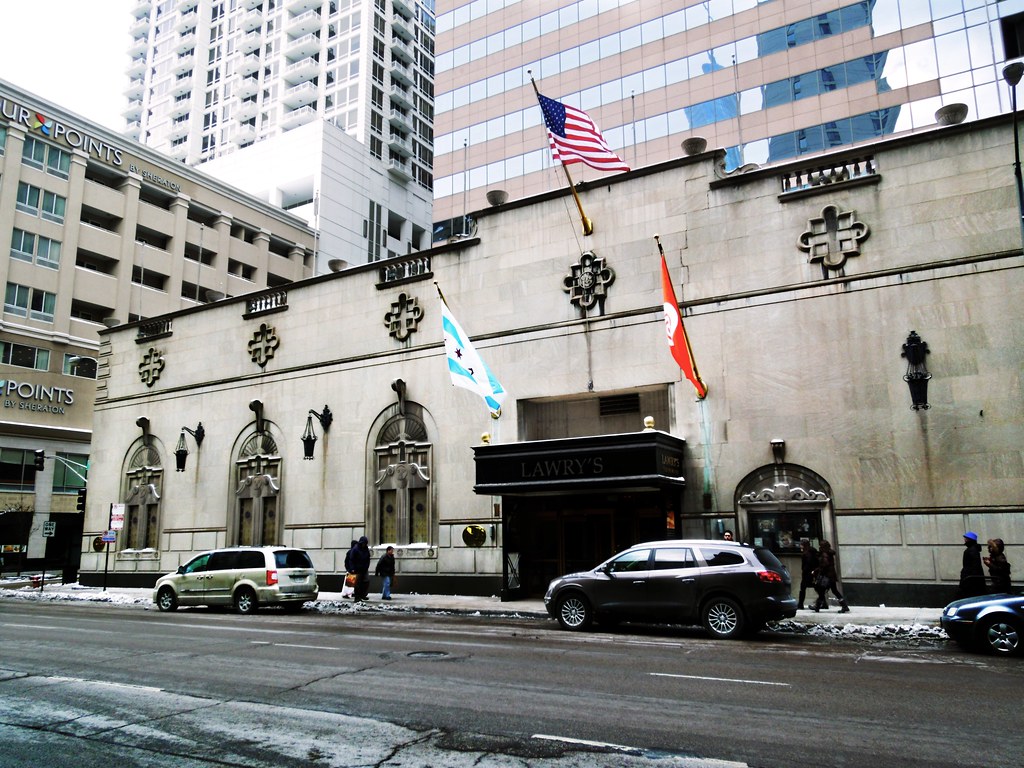
chicagology
100 East Ontario

By Megan McKinney
The McCormicks are indeed a Chicago dynasty we all feel we “know.” And for 46 years we also knew Lawry’s The Prime Rib at 100 East Ontario, which had originally been the residence of L. Hamilton McCormick, nephew of Reaper King Cyrus Hall McCormick, and remained a home for several generations of Hamilton’s descendants. But look at the changes.
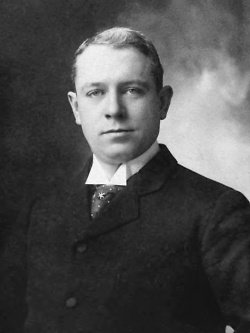
libquotes.com
L. Hamilton McCormick
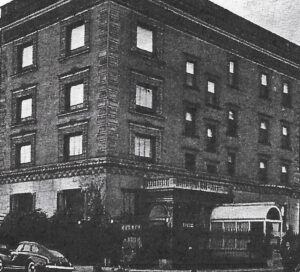
chicagology
Directly above is an image of 100 East Ontario as it was at the time it was built, designed in the early 1890s for Hamilton McCormick by the architectural firm Cowles and Ohrenstein . The owners admit to a reduction in height from the original four stories to the two of Lawry’s, but the current version also appears to be much wider.
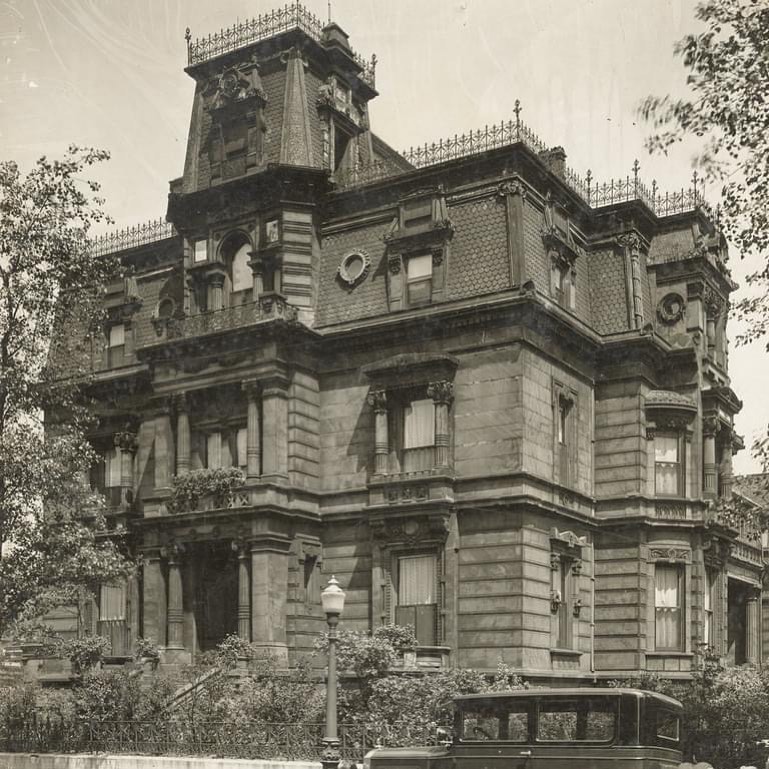
Historical Homes of America
The Cyrus McCormick mansion at 675 Rush Street
Chicago has long been known for its neighborhoods, and the McCormicks unintentionally created one of their own, familiar about town as McCormickville, with family mansions clustering on and around Rush Street. Cyrus and Nettie’s 35-room Second Empire-style mansion, modeled after a pavilion of the Louvre, was completed in 1879. Located at 675 Rush, on the corner of Erie Street, it featured a mansard roof, cupola, bull’s-eye windows and a large ballroom at the top.

Reaper King Cyrus McCormick
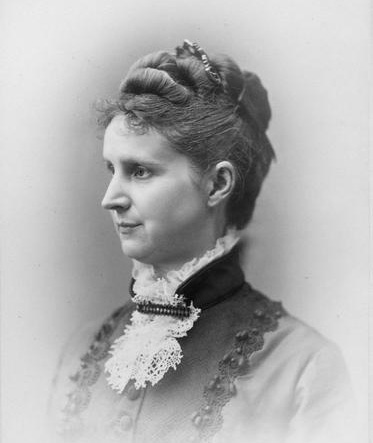
Wisconsinhistory.org
Nettie Fowler McCormick
In his early Chicago years bachelor Cyrus McCormick had been too focused on business to consider romance. Then, in 1857, he saw 22-year-old Nettie Fowler crossing the new Rush Street Bridge and was instantly smitten.
Miss Fowler was visiting cousins at their house on Pine Street, now North Michigan Avenue, that summer. After his initial glimpse, Cyrus made a point of learning who she was and he arranged to meet her at a tea party he orchestrated through his brother Leander. The courtship he launched over tea that afternoon was as intense as his pursuit of a workable reaper—and as successful.

hmdb.org
The McCormick Double House
The McCormick Double House at 660 North Rush Street was built in 1875 as two attached row houses with a single entrance. For nearly a half century, two generations of the family, Leander James McCormick and his son, Robert Hall McCormick, lived there. The house was then converted into a single-family dwelling and eventually a restaurant. You may remember it as Chez Paul.
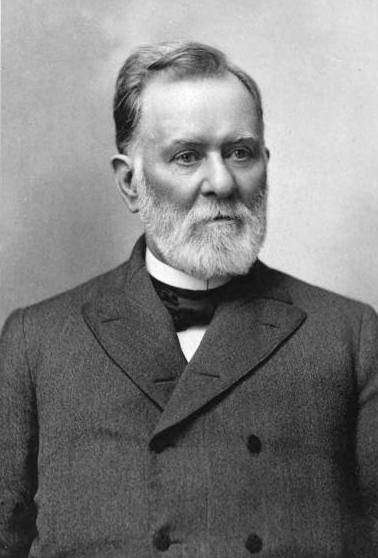
theclio.com
Leander J. McCormick

The Edward Tyler Blair mansion at 1516 North Lake Shore Drive
Getting away from the McCormicks—somewhat, Ruby Blair was a McCormick—but to another Chicago dynasty we all “know”: the Edward Tyler Blairs. Edward and Ruby’s four-story residence at 1516 Lake Shore Drive was a handsome structure on completion, and of a size to fully occupy the four Swedish servants employed to care for it. Now owned by the International College of Surgeons, the stunning mansion is one of only seven remaining houses on the Drive.
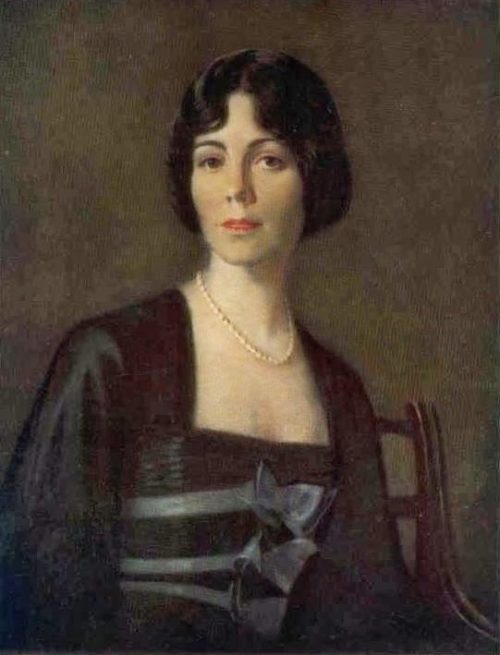
Lucy McCormick Blair
Two of the Blair children, Lucy McCormick Blair and William McCormick Blair were among the most visible individuals of their Chicago area generation. Photos of Lucy are everywhere, but try to find one of her generation’s William.
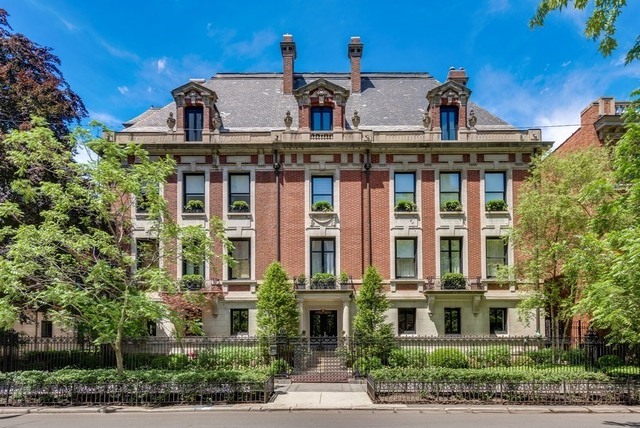
The grand mansion at 1340 North State Parkway is one of the most famous buildings in Chicago, if not the world. Built in 1899 by architect James Gamble Rogers for George Snow Isham, a surgeon from one of Chicago’s great historic dynasties, this originally 72-room stately structure was purchased by Hugh Hefner in 1959 for $400,000.

chicagotribune.com
Thank you Chicago Tribune for publishing this great typical shot of Hugh Hefner—pipe clenched between teeth—working on his famous round bed in 1340 North State Parkway. This Playboy mansion was long ago converted into condominiums, and—for some—pretentious memories.
Return next for our choice of West Side mansion. We use the singular, because in our view their was only one contender.
Author Photo: Robert F. Carl






